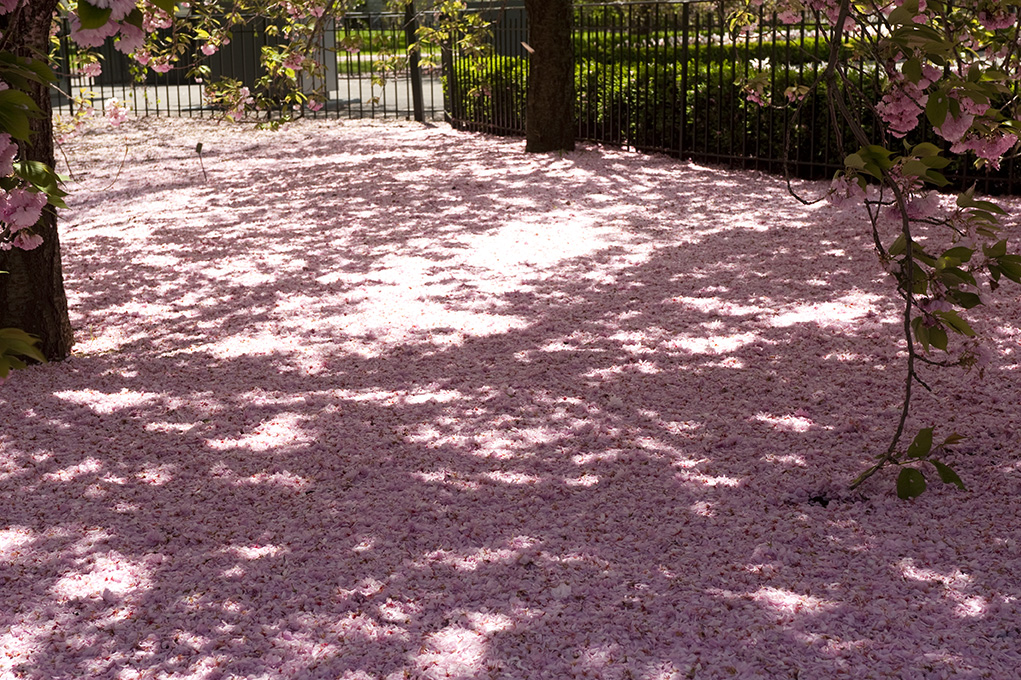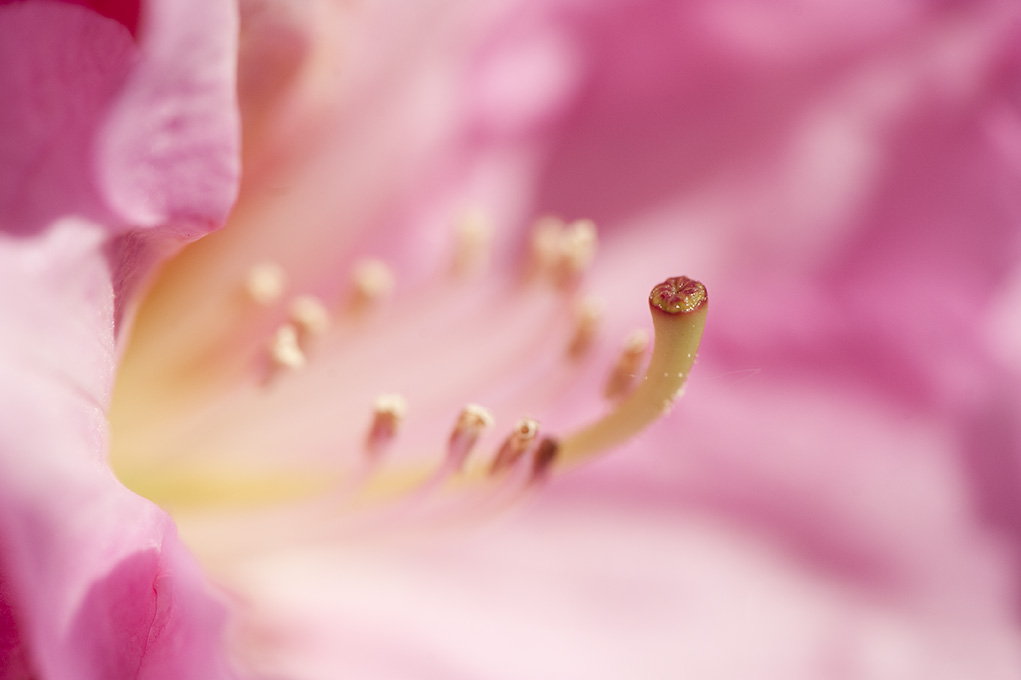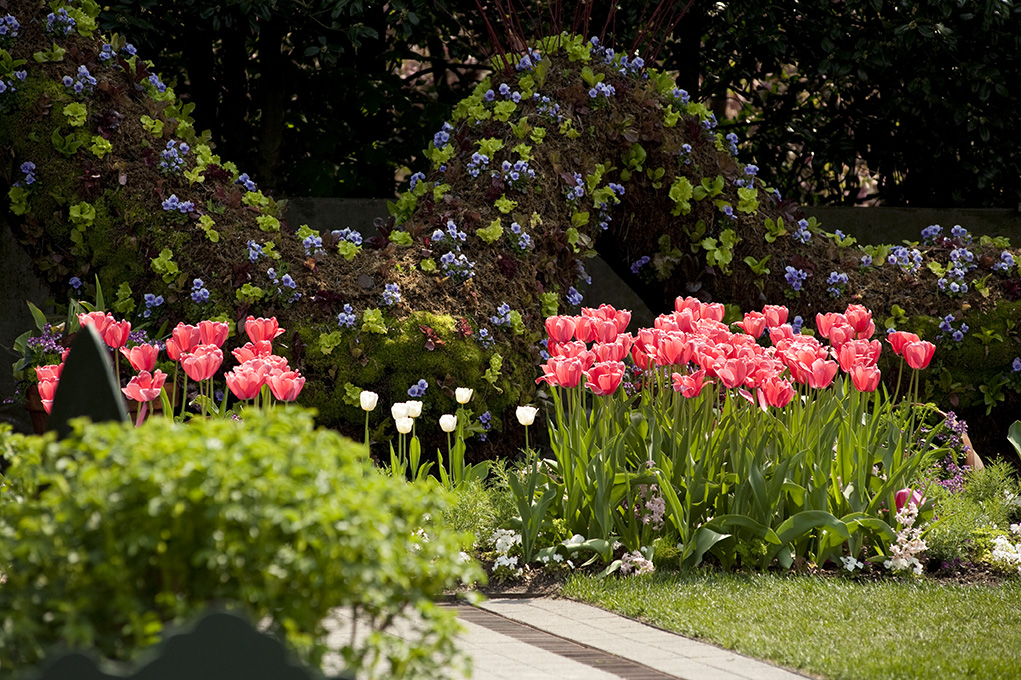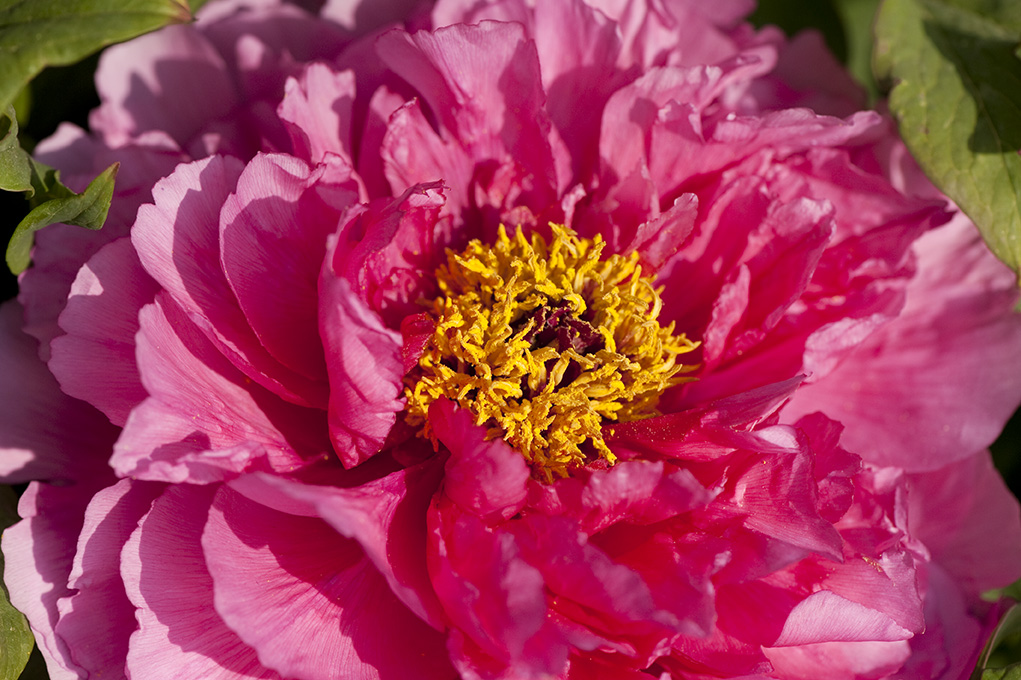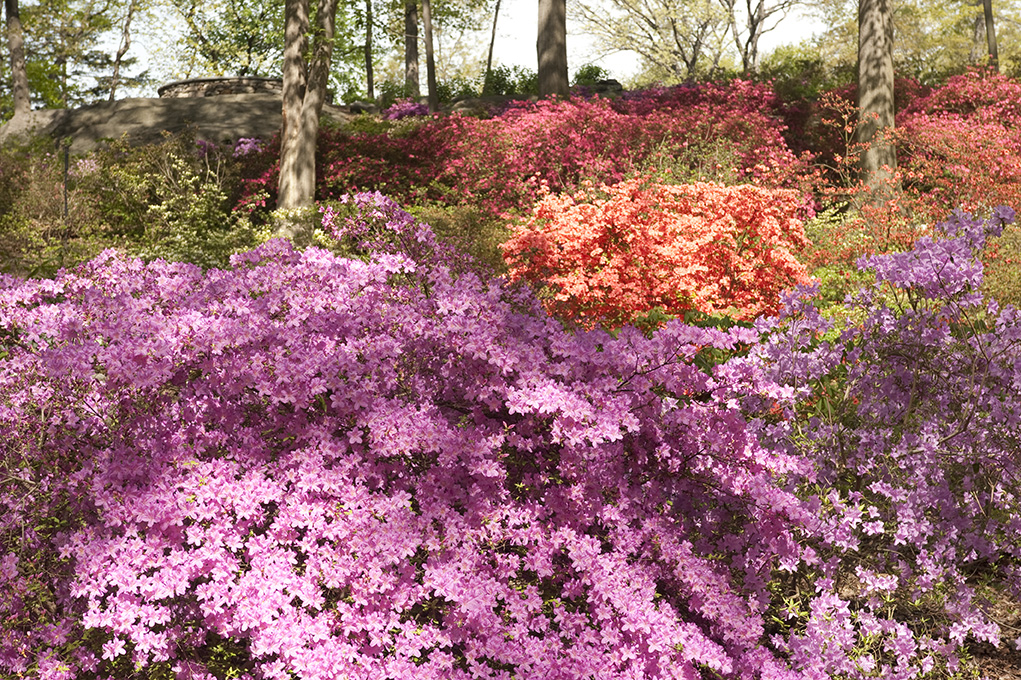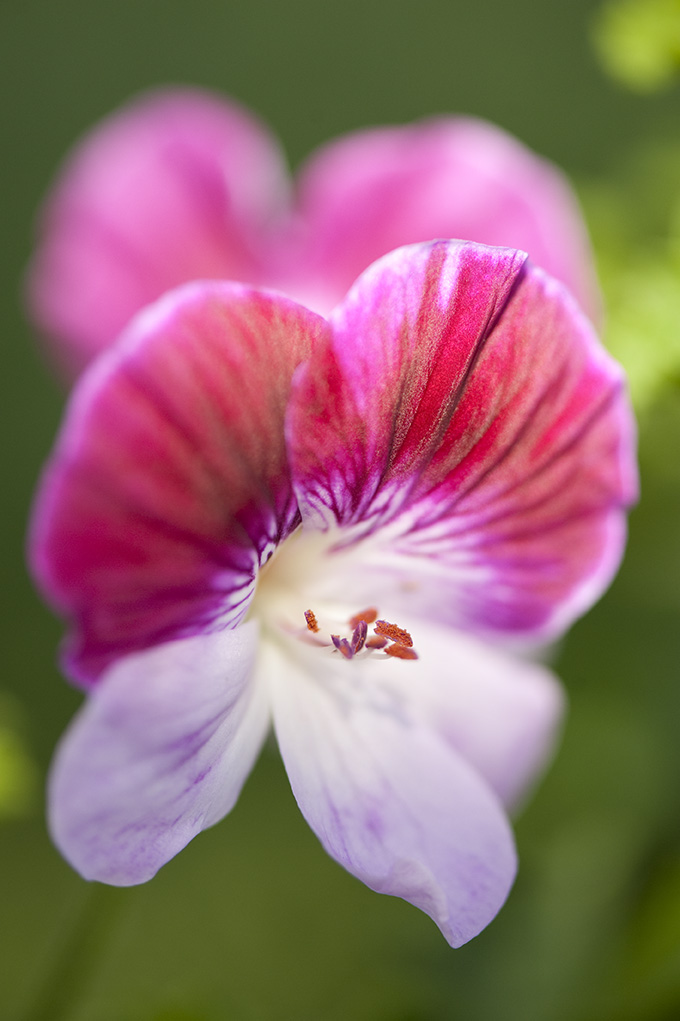Morning Eye Candy: Fit For a Prince
Posted in Photography on May 17 2011, by Ann Rafalko
Or perhaps a frog?
Photo by Ivo M. Vermeulen

Inside The New York Botanical Garden
Posted in Photography on May 17 2011, by Ann Rafalko
Or perhaps a frog?
Photo by Ivo M. Vermeulen
Posted in Learning Experiences on May 16 2011, by John Billig
| Jonathan Billing is GreenSchool Science Education Intern. |
The GreenSchool is a classroom and a laboratory for school groups from New York City and beyond, but it’s not just the students who are in for a treat. Teachers and chaperones are also likely to be delighted by any trip to the GreenSchool. The journey of discovery begins as you step into the incredible Enid A. Haupt Conservatory, wend your way through the fascinating houses, and emerge into the Deserts of the Americas. Descend the stairs and turn right, you’ll see a turtle petroglyph carved by the Lenape tribe, and a mysterious set of slatted green doors labeled, “GreenSchool.” Behind those doors lies a world of wonder and scientific exploration.
My name is Jonathan Billig and it is my honor and privilege to work as the GreenSchool Science Education Intern. I have been here for the last seven months, and in two more I’ll have to move on, to make way for another eager educator. He or she will learn how to use inquiry-based education, perform administrative tasks such as arranging the GreenSchool schedule, and do a lot of minute work for a very great cause; I’m about to prepare 300 bean sprouts for kindergarteners to pry open and observe in next week’s Life Cycle classes.
Our greatest resources at the GreenSchool are the curiosity of our students, our amazing instructors, and the living library that is The New York Botanical Garden. Classroom work is important, don’t get me wrong, but kids really blossom when they can put their learning into a living context. “What? A Kapok tree sends water to its leaves 250 feet in the air so that it can do photosynthesis?” “What are those lines on the leaves? Are they like the veins in our arms?” The varied environments of the Conservatory, and the diverse collections outside, provide a wealth of educational experience that students rarely forget.
In the three rooms of the Green School, instructors help students explore the scientific wonders of botany, gardening, ecology, and more. Students visiting the GreenSchool might practice microscope skills by observing an Elodea leaf at 400x, or examine the flowers, stems, seeds, roots and leaves that make up our botanical diet, like broccoli. “Broccoli is a flower!? And it tastes so good. This is changing my life!” That was said by a second grade boy from the Bronx.
The GreenSchool is at its best when you see kids connecting first-hand experience to advanced scientific concepts. We teach about the water cycle first by asking kids to observe where they notice water in the Conservatory, or where they think it might be. Then, through drawing, discussion, and explanation in our classrooms, we contextualize that information. It’s a wonder to see students begin to understand how water moves through every ecosystem, from a distant rain forest to a tiny apartment!
So the next time you see those mysterious green slatted doors, hopefully you will be with a school group so you can come in and learn with us. If not, rest assured that there’s a whole lot of wonder behind those doors, and a whole lot you can learn outside of the GreenSchool, no matter your age!
Posted in Photography on May 16 2011, by Ann Rafalko
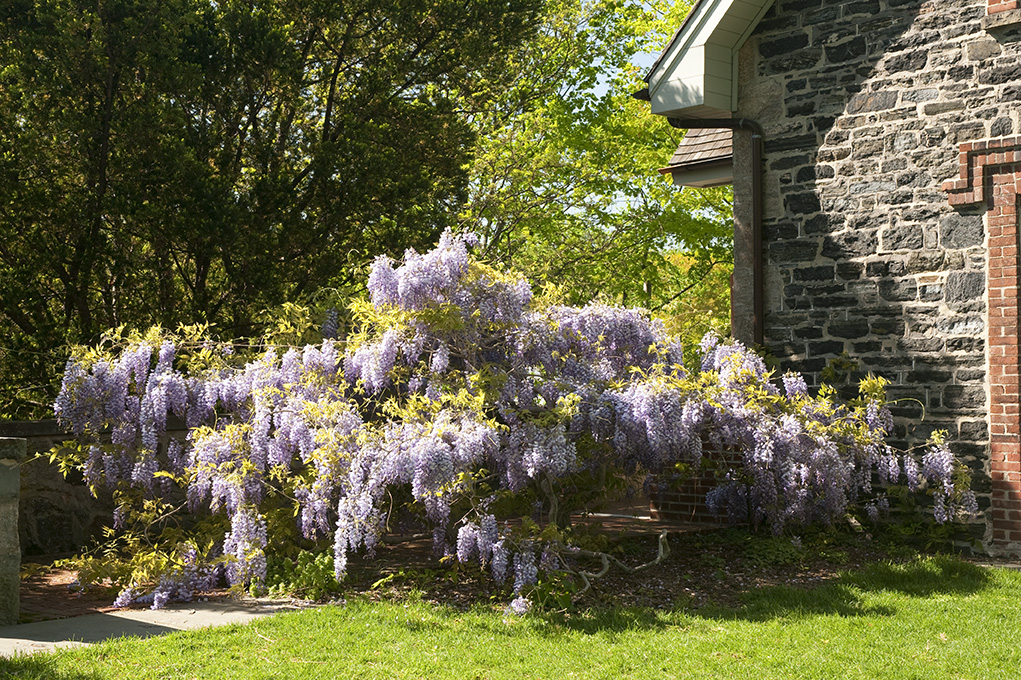
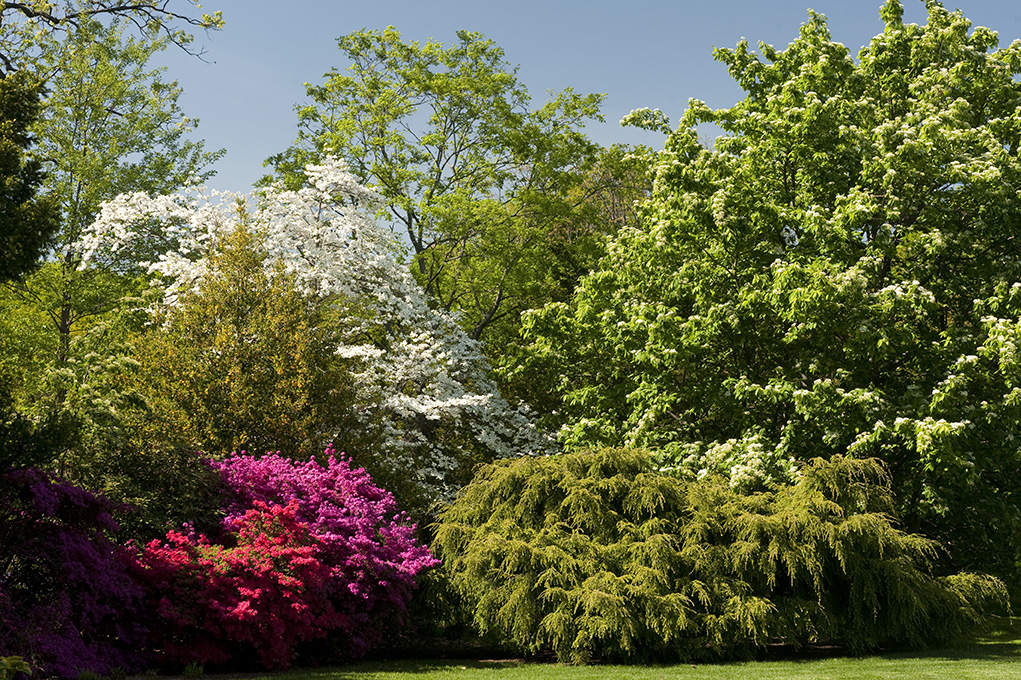
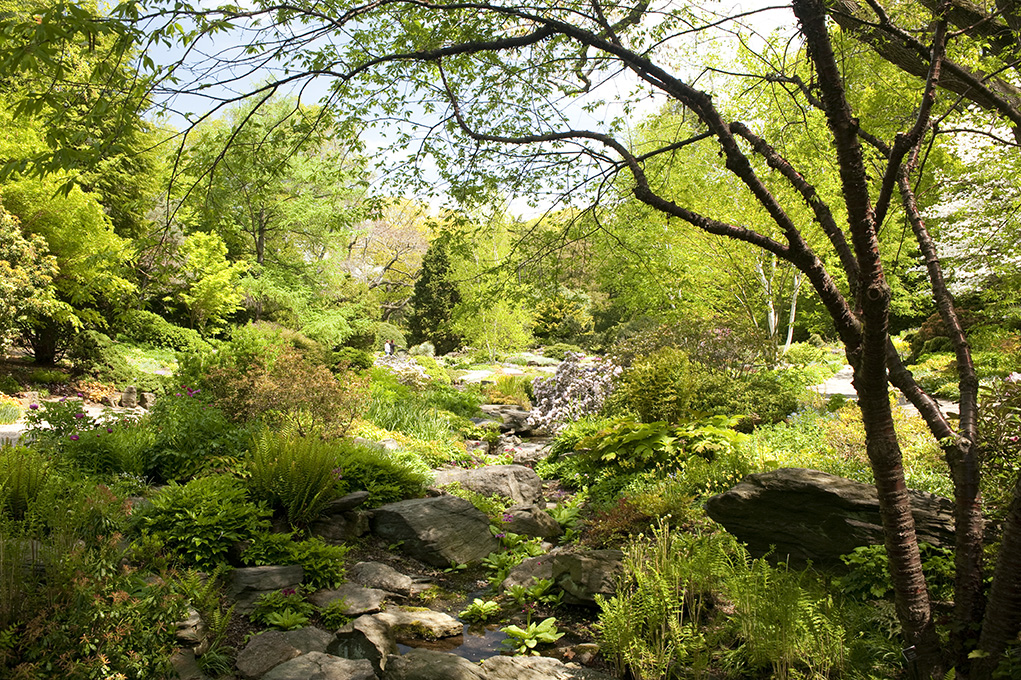
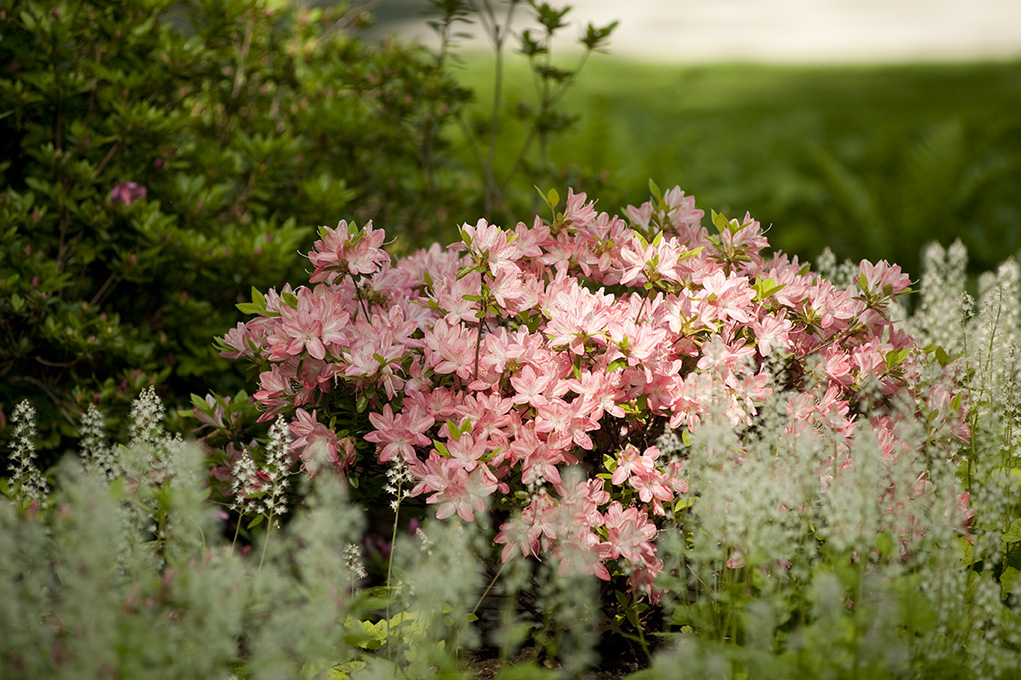
Spring is just awesome (photos by Ivo M. Vermeulen)
Posted in Photography on May 15 2011, by Ann Rafalko
There are so many nice places to sit at the Garden. Places with a view, places in the sun, places in the shade, places to have a chat, places to read a book. Where’s your favorite place to rest at NYBG?
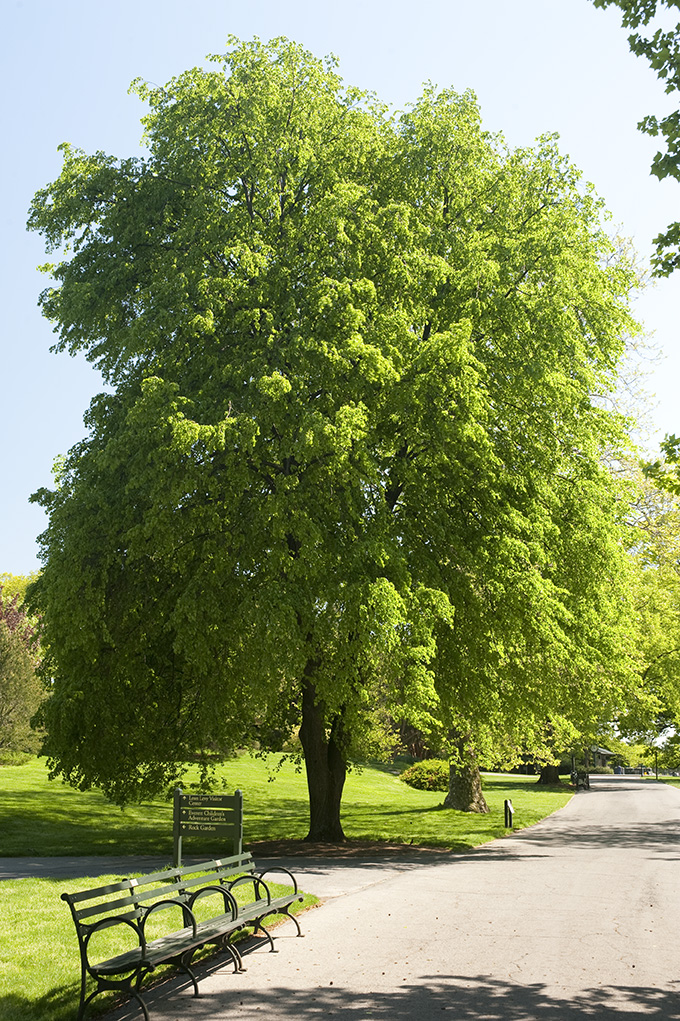
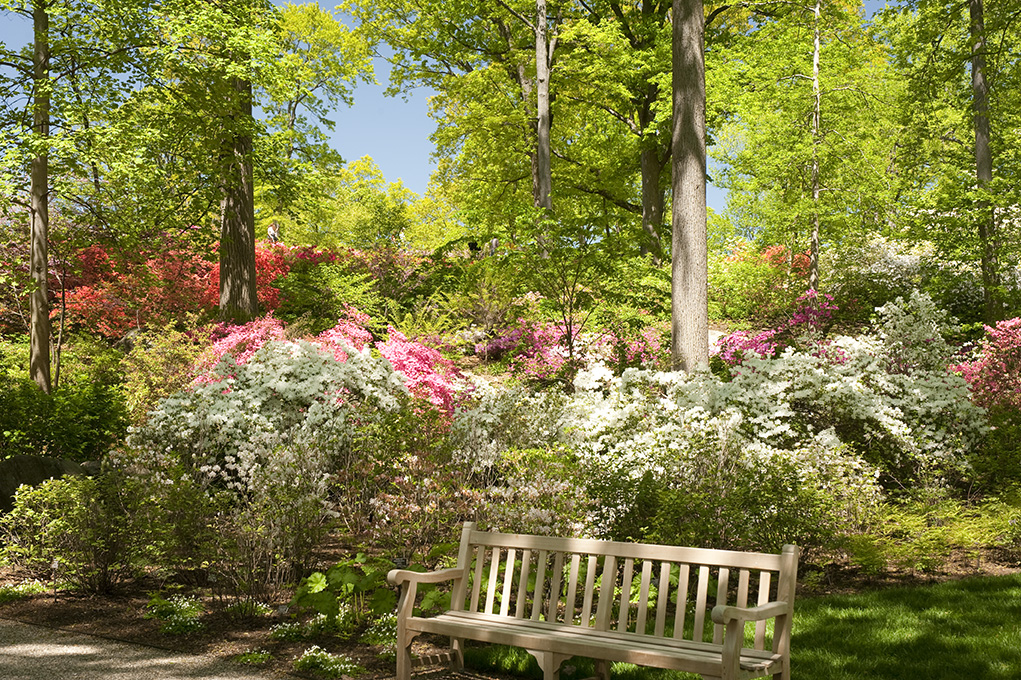
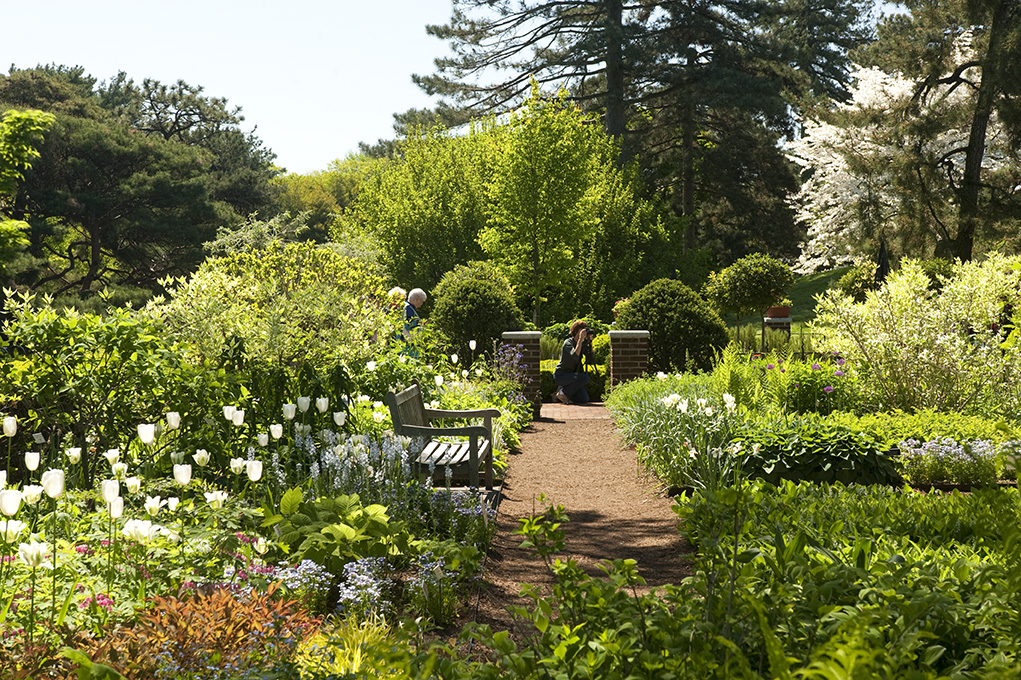
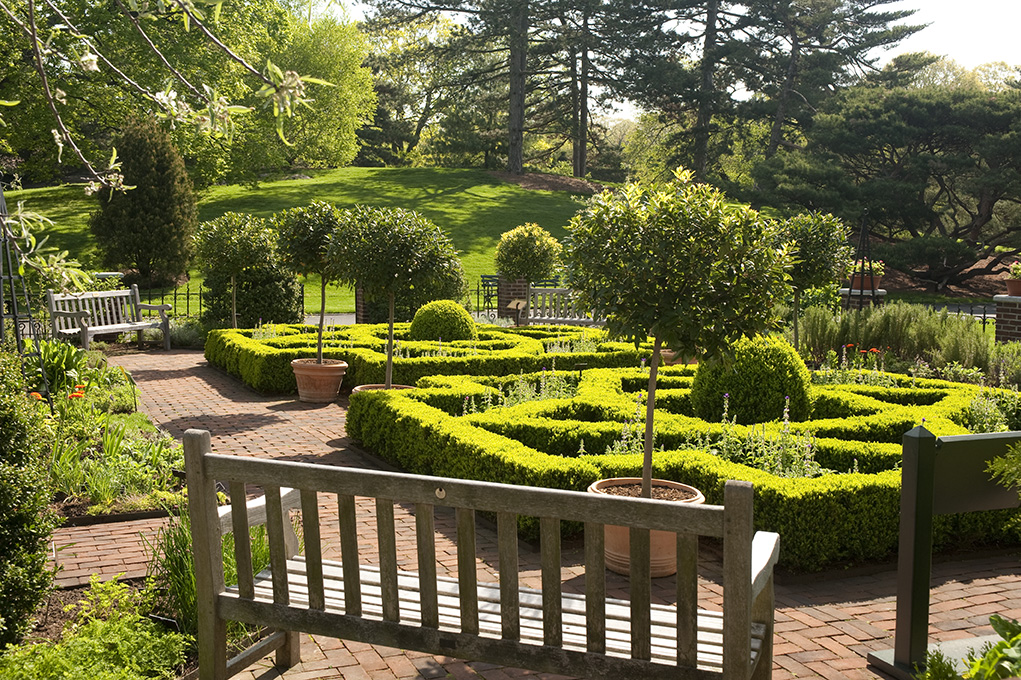
Photos by Ivo M. Vermeulen
Posted in Photography on May 14 2011, by Ann Rafalko
These colors are entirely real.
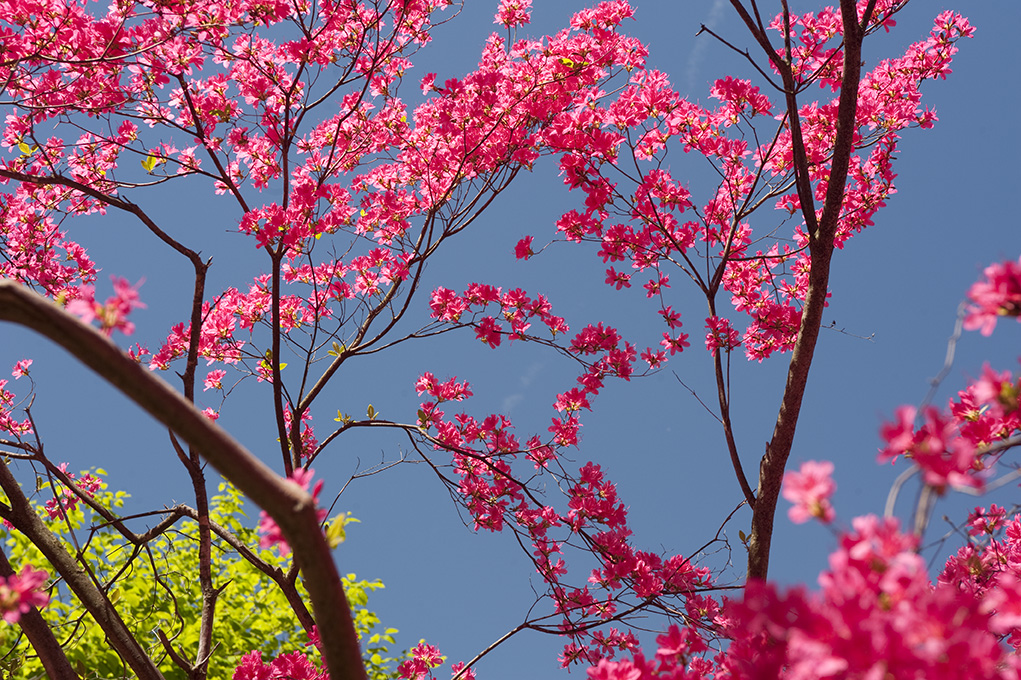
Rhododendron ‘Hinomayo’ in the Azalea Garden (photos by Ivo M. Vermeulen)
Posted in Photography on May 13 2011, by Ann Rafalko
One of the most common questions we get at the Garden is, “What should I see?” Apparently the answer, “Everything!” is a little too broad for some people. So we try to let you know through this blog, through our What’s Beautiful Now feature, through Flickr, Twitter, and Tumblr what we’re seeing that is astoundingly beautiful right now. And right now, we have two words for you: Tree peonies.
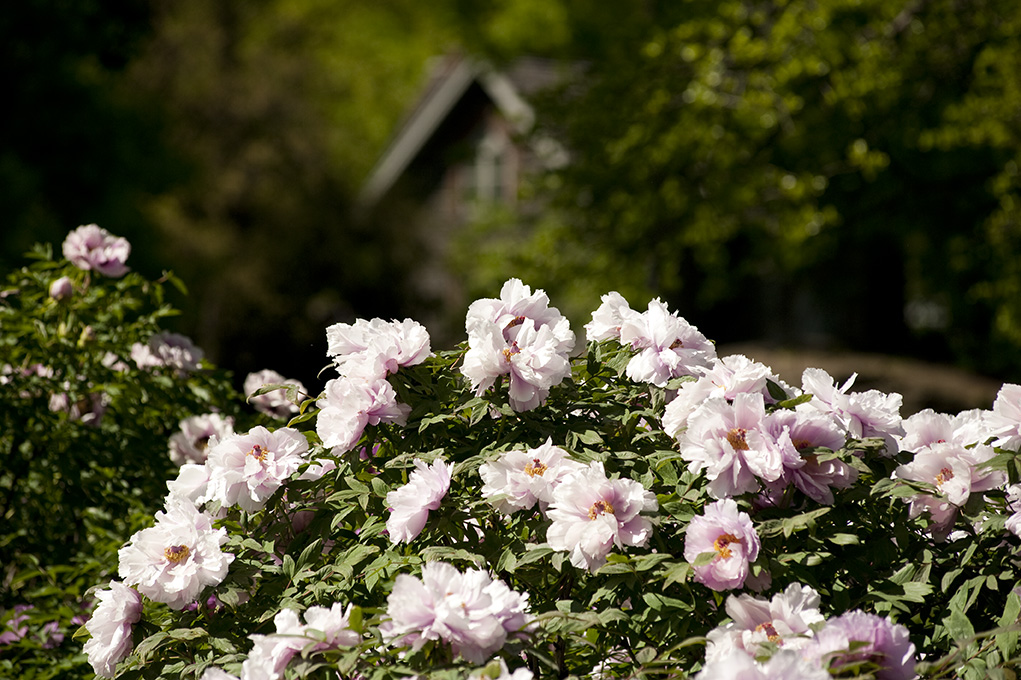
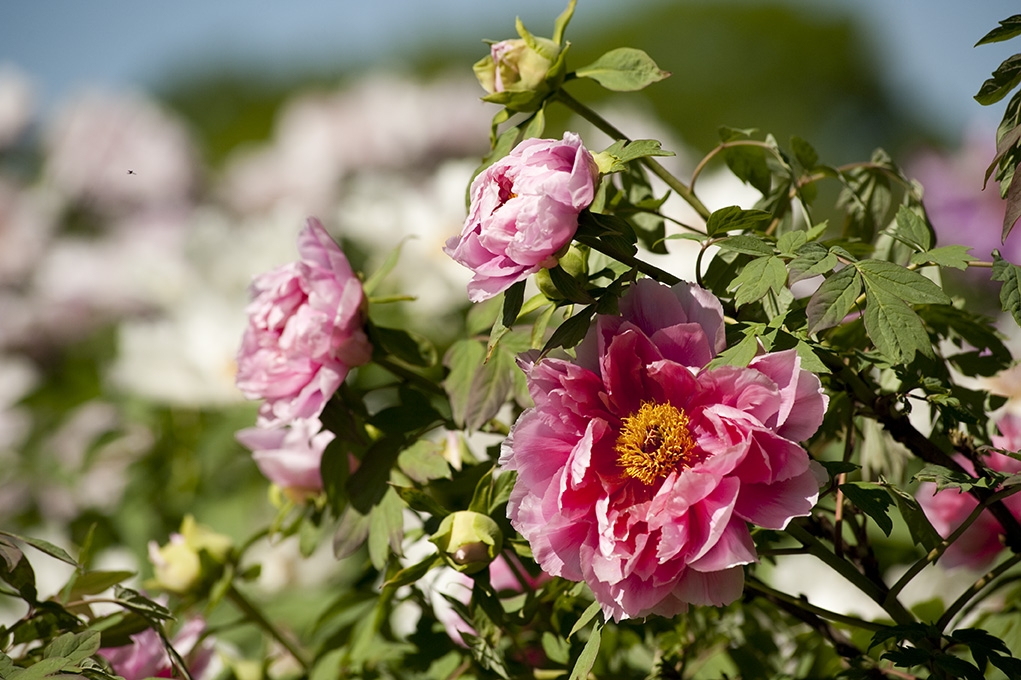
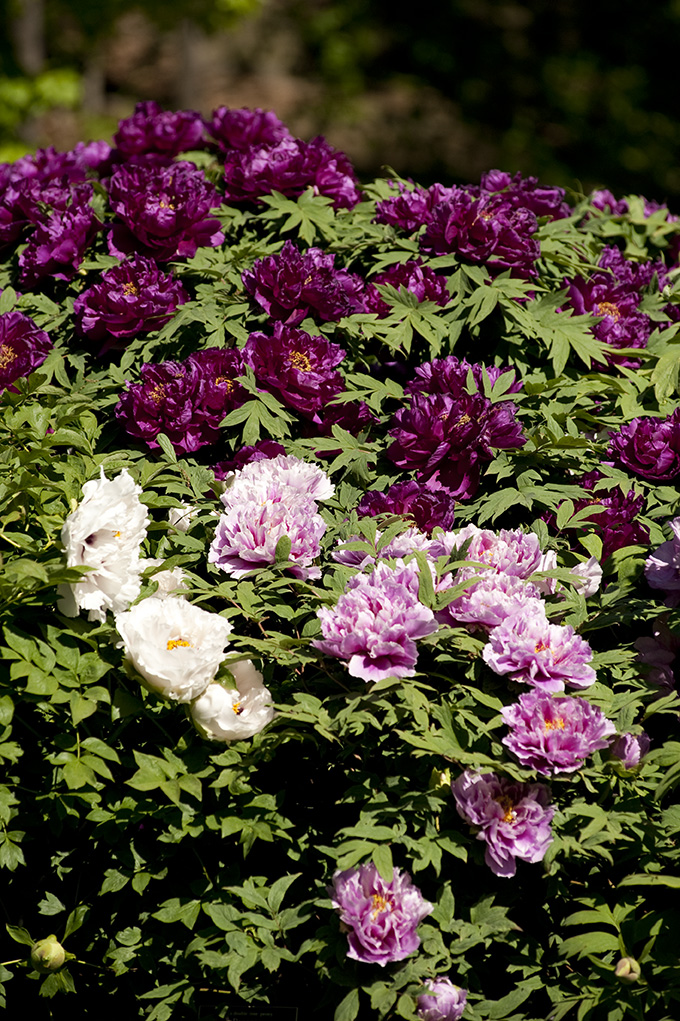
Photos by Ivo M. Vermeulen
Posted in Adult Education on May 12 2011, by Ann Rafalko
Ed. note: We offer many classes here at the Garden in a plethora of disciplines and at many levels, from “just for fun” to professional (see a pdf of the catalog here). But no matter how appealing the subject, the classes would be nothing without the instructors. On Plant Talk, we’ll introduce you to them, and their stories.
 Bill Einhorn, Instructor, Landscape Design
Bill Einhorn, Instructor, Landscape Design
The year 2011 marks a milestone in my career at The New York Botanical Garden–it was 30 years ago that I received a call from the Garden with news that it received a grant for a summer internship and if I’d be interested in coming in for an interview. While that began my professional association with the Botanical Garden, my roots here run even deeper. When I was 5 years old, my mother signed me up for Children’s Education classes at the Garden. I vividly remember learning about and receiving a Venus’ flytrap and asking the instructor if it would eat my sister. I also returned to the Garden during my studies in Landscape Architecture at Syracuse University to walk the grounds and memorize trees. My wedding photos were taken in the Rose Garden, and my favorite time of the year was strolling along Magnolia Way when the magnolias were in bloom.
After my summer internship in 1981, the Garden invited me back during my spring and summer breaks, and upon graduation hired me to be on staff. I started teaching in the mid 1980s and to date, by my estimates, have instructed over 3,000 students. Several have gone on to graduate programs, joined or established successful businesses, or completed projects at their own homes.
My affiliation with the Garden has brought me many personal and professional relationships and has made me a better Landscape Architect. My greatest feeling of accomplishment is when I run into students from many years ago who tell me the impact that I have had on their careers. Hopefully, I have another 30 years left in me to enjoy teaching and experiencing the continued growth of the Garden’s programs.
Are you looking to change your life, like Bill did? In just five weeks you can earn almost half the total hours needed for a Certificate in Landscape Design. Interactive classes, taught by professional landscape architects and designers, cover each step of the design process, from site analysis to design development. Other subjects include landscape design history, graphics, and site detailing. Guest lecturers present their own work and discuss design philosophies, professional issues, and presentation strategies. The beautiful New York Botanical Garden is used for design projects and plant study.
Enrollment is limited to allow for individualized attention and comprehensive project critiques.
Posted in Photography on May 12 2011, by Ann Rafalko
These trees alongside the Steere Herbarium look like something Chris van Allsburg would draw, don’t they?

Photo by Ivo M. Vermeulen
Posted in Science on May 11 2011, by Amy Litt
Three Garden scientists participated in an international collaboration that sequenced the genome of the lycophyte Selaginella moellendorffii. Lycophytes, known as ground pines or club mosses, are an ancient lineage of vascular plants with small, scale-like leaves that lack the ability to make seeds but produce copious spores. They represent an intermediate evolutionary stage between mosses, which do not have conducting and support (vascular) tissue, and plants such as conifers or flowering plants, which have vascular tissue and complex leaves and protect their embryo in seeds. The genome project was undertaken to see what clues might lie in the DNA to the increasing adaptation of plants to land and the increasing complexity that came along with it. The results were published last Friday in the prestigious journal Science.
Dr. Amy Litt, Director of Plant Genomics and Cullman Curator, Dr. Barbara Ambrose, Cullman Curator and member of the Genomics Program, and Dr. Ken Karol, of the Lewis B. and Dorothy Cullman Program in Molecular Systematics, were part of a group of scientists that identified and described the genes of this important species. Pinpointing the location and sequence of specific types of genes in the genome allowed them to compare the genes of Selaginella with the genes of other plant species that have had their genome sequenced, which include algae, a moss, and several flowering plants. The group, led by Dr. Jody Banks at Purdue, found that some genes are present only in flowering plants and not in the moss or Selaginella; these genes might be needed for the development of flowers and fruits, which are only found in flowering plants. Other genes are found in Selaginella and flowering plants but not in the moss, and these probably function in the increased adaptation to land shown by vascular plants in contrast to mosses.
Dr. Ambrose is now studying some of these genes in more depth in the Pfizer Lab, focusing on a group that is known to control important developmental processes in flowering plants. We think that changes in these genes may have played crucial roles in land plant evolution, perhaps underlying the evolution of key adaptive features, so it will be very exciting to find out what these genes do in Selaginella.
Posted in Photography on May 11 2011, by Ann Rafalko
If early spring had an official color, I would nominate that it be yellow. And mid-spring? Pink. Definitely pink.
